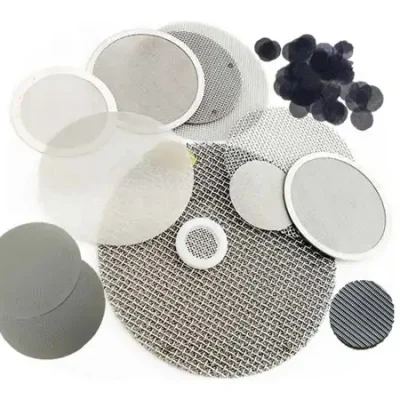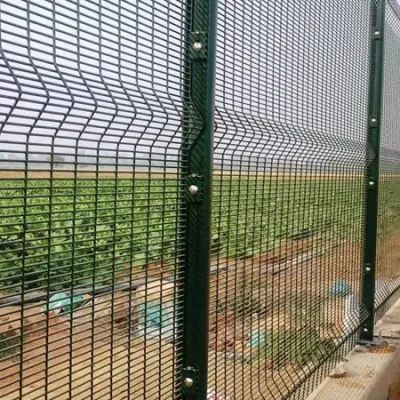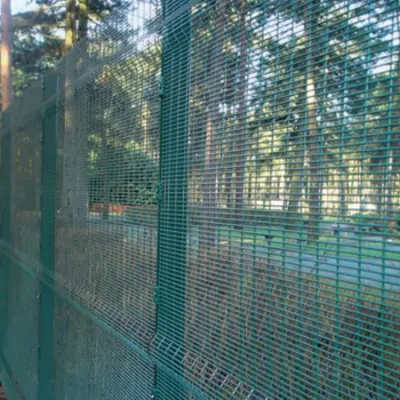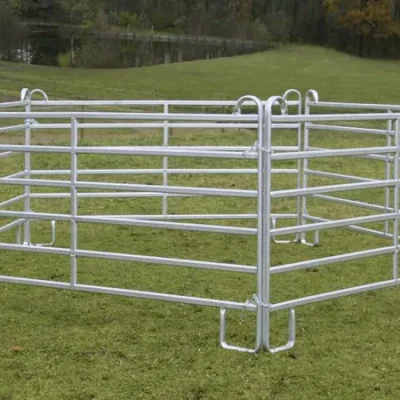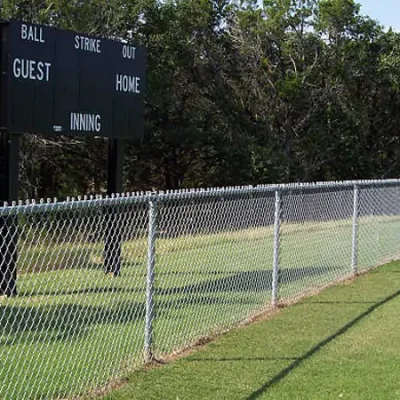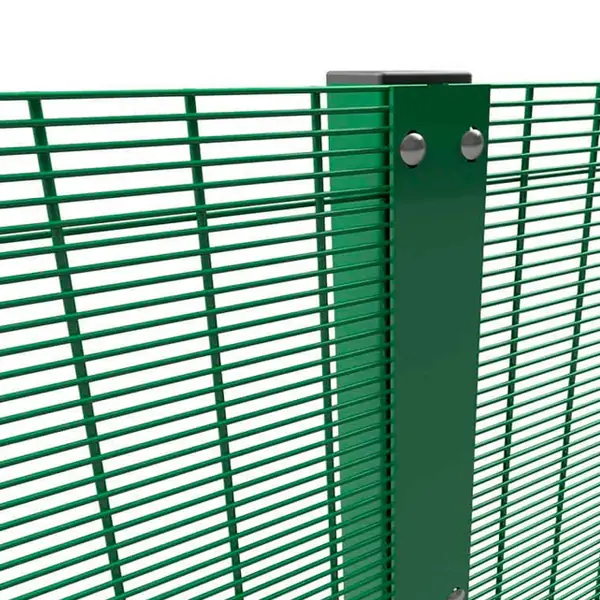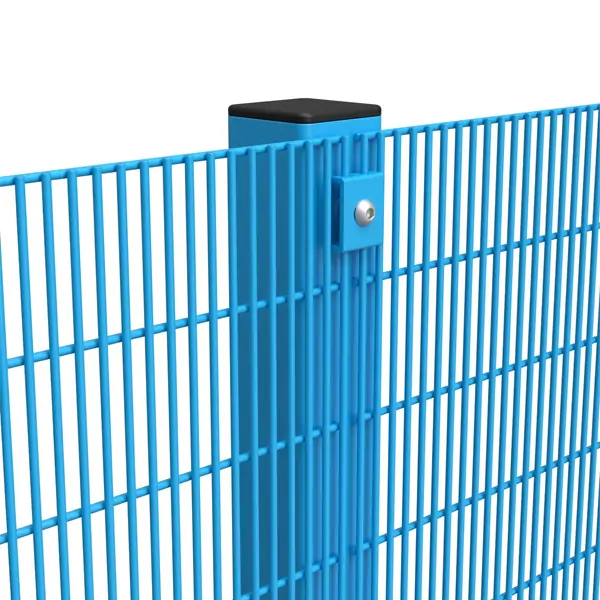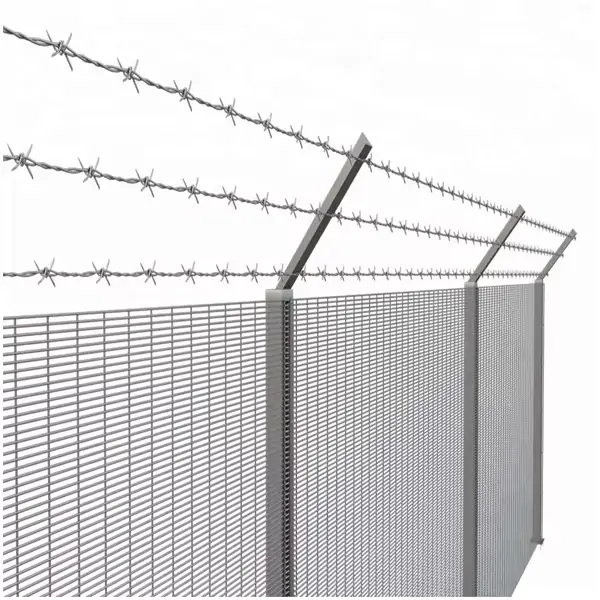Australia’s vast grazing lands are crucial for the country’s agricultural industry. To safeguard these lands and ensure efficient cattle management, investing in sturdy and effective cattle fences is essential. Here are the ten must-have features of cattle fences in Australia:
Table of Contents
ToggleDurability:
Australian conditions can be harsh, so fences must withstand extreme weather, including intense heat, strong winds, and occasional floods. Using durable materials like treated timber or high-quality steel is vital.
Height and Strength:
Cattle are strong animals and can test the strength of fences. Opt for a fence height suitable for the breed of cattle and ensure it’s robust enough to prevent them from jumping or pushing through.
Electric Wiring:
Incorporating electric wires in the fence design helps deter cattle from leaning or rubbing against the fence. It’s an effective way to reinforce containment boundaries.
Gates and Access Points:
Well-placed gates facilitate easy movement of cattle and equipment, enhancing the overall efficiency of managing grazing lands. These gates must be sturdy and easy to operate.
Visibility:
Cattle are less likely to challenge a fence they can clearly see. Using materials that provide good visibility, such as wire mesh or plain wire, helps reduce the likelihood of the animals attempting to breach the fence.
Regular Maintenance:
A well-maintained fence is crucial for its effectiveness. Regular inspections for damage, weak spots, or overgrown vegetation around the fence line should be part of the management plan.
Tension and Support:
Proper tensioning of wires and support structures is essential to prevent sagging or weak points along the fence line. This ensures longevity and effectiveness against cattle pressure.
Water Accessibility:
If grazing lands have water sources, the fence design should allow easy access for cattle to drink without causing damage to the fence structure.
Protecting Wildlife:
In Australia, fences may require additional features to prevent wildlife from damaging or entering pastures. Consider measures such as skirting to discourage animals from digging.
Comply With Regulations:
Design and construct cattle pens according to local regulations and standards to avoid any legal issues.
Investing in high-quality fencing that incorporates these essential features is an integral part of managing cattle and protecting grazing lands in Australia. By prioritizing durability, strength, and proper maintenance, these fences can significantly contribute to the efficiency and sustainability of the agricultural industry.
Remember, each grazing area might have its unique requirements, so consulting with experts or experienced farmers can provide valuable insights for designing and implementing the most effective cattle fences.
Protect your grazing lands with sturdy fences designed to withstand the rugged Australian environment and ensure the safety and containment of your cattle herds.
Anping YESON: Your Trusted Wholesale Supplier
Anping YESON is a professional cattle fence manufacturer, offering high-quality products that meet stringent industry standards. By choosing Anping YESON as your wholesale supplier, you can enjoy the following benefits:
Premium quality cattle fence with proven performance
Competitive pricing for cost-effective solutions
Expert technical support and customer service
Customizable product offerings to meet specific requirements
Trust YESON for your cattle fence needs and experience the advantages of partnering with a leading manufacturer in the industry.
FAQs
Fence design issues:
Question: What type of fence design should I choose to accommodate my cattle?
Solution: Consider the type and number of cattle in your herd to determine the most appropriate type of fencing. Generally speaking, electric fences, chain link fences, or wooden fences are common choices. Fence height and strength are also factors to consider for different breeds of cattle.
Fence material and durability issues:
Question: Which fencing material is the most durable and will last in Australia’s extreme climate conditions?
Solution: Steel, galvanized wire, or treated wood are all durable options. Choose corrosion-resistant, durable materials to suit Australia’s changing climate conditions.
Fence maintenance issues:
Question: How to effectively maintain a fence to ensure its durability and effectiveness?
Solution: Check your fence regularly and repair any broken or compromised sections. Clean up surrounding vegetation and keep the perimeter of the fence clean to prevent plant growth from affecting the fence. Maintains tension and functionality of wires in grid fencing.
Fences and wildlife issues:
Question: How can I prevent wild animals from damaging or crossing my fence?
Solution: Use lower fence lines or install retaining boards to prevent small animals from digging in and entering. Also, check the fence regularly to make sure wild animals haven’t damaged it.
Compliance issues:
Question: Does my fence comply with local codes and standards?
Solution: Before designing and building a fence, make sure you understand and comply with local regulations and standards for cattle pen fencing. This can avoid unnecessary legal issues.


